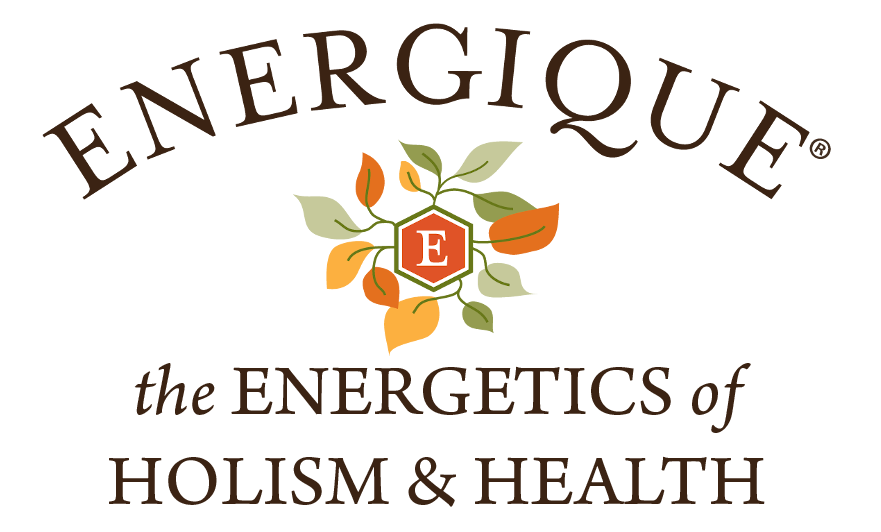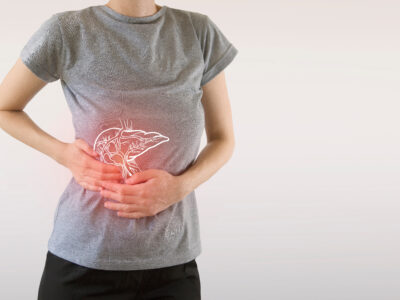When you think of gallbladder health – bile flow, fat digestion, painless digestion after heavy meals – do you also think of liver health? The importance of treating the liver is recognized in a number of diverse health conditions, given its central role in detoxification, and yet the liver is often overlooked when gallbladder symptoms are present. Although they are considered as two separate organs, their roles are intimately linked as the gallbladder serves no function other than to store, and at times, release the liver’s main secretion.
Physiologically, the gallbladder is a very simple organ: it’s basically a sac (bladder) lined with smooth muscle designed to contract and secrete its contents on command. This is normally triggered by cholecystokinin, a hormone released by the small intestine whose name means “gallbladder moving hormone,” in response to fats and protein in the diet. While its main role is to stimulate gallbladder contractions and thus stimulate the flow of bile to ensure adequate digestion, cholecystokinin plays other roles such as decreasing appetite. While it is possible for the gallbladder itself to malfunction, many gallbladder-related symptoms may actually be due to problems with the liver, the modern prevalence of which even conventional medicine is beginning to recognize and seeking enhanced means to diagnose.
For years, non-infectious liver disease was presumed to result almost exclusively from alcoholism, such that fatty liver disease was near to be considered a stigmatizing label. As it became more common, especially in people where alcohol was clearly not involved, a distinction was drawn between alcoholic and non-alcoholic forms of liver disease, given rise to such terms as NASH (non-alcoholic steatohepatitis) and NAFLD (non-alcoholic fatty liver disease). But even with these conditions named and recognized, they still remained underdiagnosed. Some believe these new terms, which still reference alcoholism indirectly in their acronyms, have not fully erased the stigma and this may be why fatty liver disease is still not given mainstream acknowledgment as one of the most prevalent health problems affecting people today. Whether or not this is the true reason, it led to yet another renaming in effort to rebrand the condition as something doctors will recognize and patients will take seriously. They’re calling it MASH, standing for Metabolic Dysfunction-Associated Steatohepatitis, and this condition of poor liver function is strongly associated with gallbladder disease, including biliary stasis and gallstones. This means that as liver disease becomes more prevalent, gallbladder disease will likely become more prevalent as well. In many cases, the two should be treated as symptoms of the same root illness.
Bile’s role in the health of the gut is under-appreciated. Symptoms like indigestion after eating fatty foods, pain that radiates to the right shoulder blade, and pale or clay-colored stools indicating the absence of bile are commonly attributed to the gallbladder, but insufficient bile can cause other problems as well. Besides serving beyond digestion as a vehicle for eliminating many toxins, bile has two crucial functions that tend to be overlooked. One, it has a mildly irritating effect on the colon, essentially functioning as a stimulant laxative to promote normal bowel movements. Lack of sufficient bile in the stool is one common cause of constipation. Bile also has the remarkable power to dissolve bacterial cell membranes, neutralizing lipopolysaccharide (LPS) which is a potent trigger of inflammation. While most probiotic bacteria are gram-positive, LPS is found on gram-negative bacteria and can trigger potentially fatal inflammation in cases of sepsis. Bile is able to break down this inflammatory structure into harmless lipids, making it both a natural laxative and an anti-inflammatory. Thus, anything that disrupts healthy bile flow has the potential to devastate gut health, whether the dysfunction lies in the liver or gallbladder.
How does a fatty liver threaten the health of the gallbladder? Much of the gallbladder’s ability to function depends on the quality of bile it contains. Healthy bile is not excessively thick and can flow unobstructed through the narrow channels, ducts and sphincter when the gallbladder contracts to release it. But the composition of bile can vary largely depending on liver function, and fatty liver disease has been associated with thickened bile. Bile is naturally a viscous fluid to begin with, with a consistency similar to olive oil or dish soap, and so further thickening can lead to poor bile flow or even obstruction in the gallbladder. At the worst extreme, thickened bile can form gallstones, which are strongly associated with metabolic dysfunction likely through the effects of that disease on the liver. Occasionally, the rhythmic contractions involved in releasing bile can cause a stone to lodge in the main bile duct, completely obstructing the flow of bile resulting in pain and a potentially serious backup of bile salts into the bloodstream.
When it comes to maintaining the gallbladder in good health, it is most common to employ cholagogue herbs that promote the flow of bile. Plants like Chelidonium can relax the smooth muscle of the gallbladder to help bile flow, and others like Chionanthus can promote the secretion of healthy bile so the gallbladder can function normally. But it is equally important to support the health of the liver, especially given the epidemic of metabolic disease and its associated prevalence of fatty liver. In other words, gallbladder support can sometimes mean nothing without liver support.
Liver support is a vast topic, but in this context, there are two key nutrients to support the liver, which bear mentioning. One is vitamin K, which is normally thought of for bone and cardiovascular health, but has lately been revealed to play a far more significant role in the body. Research shows that people who eat more foods rich in vitamin K have lower rates of fatty liver disease. The mechanism likely involves vitamin K’s emerging role in blood sugar control, and the fact that the epidemic of type II diabetes (closely associated with fatty liver disease) may be a sign of widespread vitamin K deficiency. Not only does vitamin K address the root cause, it also seems to have a protective effect against fat-induced inflammation, such as would occur in fatty liver disease.

Another important nutrient to support the liver, often lacking in the modern diet, is choline. Once classified as a B vitamin, the importance of dietary choline tends to be disregarded because it is only considered conditionally essential. Among its primary functions, however, is lipid transport from the liver. To put it bluntly, inadequate choline will impair the liver’s ability to transport newly synthesized fats through the bloodstream and into the fat cells, causing these fats instead to build up in liver cells and reduce liver function. It is possible that choline deficiency is the root cause of fatty liver disease. While the body can synthesize choline, its ability to do so is somewhat limited such that an imbalance is likely to occur when diets are rich in sugars that the liver must turn into fat, and conversely low in choline, which tends to be found in whole foods like egg yolks, fish, milk, legumes, and vegetables. This buildup of fats in the liver in association with metabolic disease can impair the synthesis and flow of healthy bile, and in turn impair the gallbladder as well, making choline an important supporter of gallbladder health.
Regardless of evolving naming conventions, fatty liver diseases are becoming an increasing focus of conventional medicine, which unfortunately offers little if any treatment for consequent gallbladder diseases. For years, the main treatment has been cholecystectomy, simply removing the dysfunctional gallbladder since it is possible to live without one. Since gallbladder problems are likely to become only more common, it will be up to holistic medicine to find ways to address these problems at their source, and this will often mean supporting the liver and overall metabolism as well as the gallbladder itself.


 Kava: An Herb Unfairly Maligned with Promising Benefits to Modernity
Kava: An Herb Unfairly Maligned with Promising Benefits to Modernity